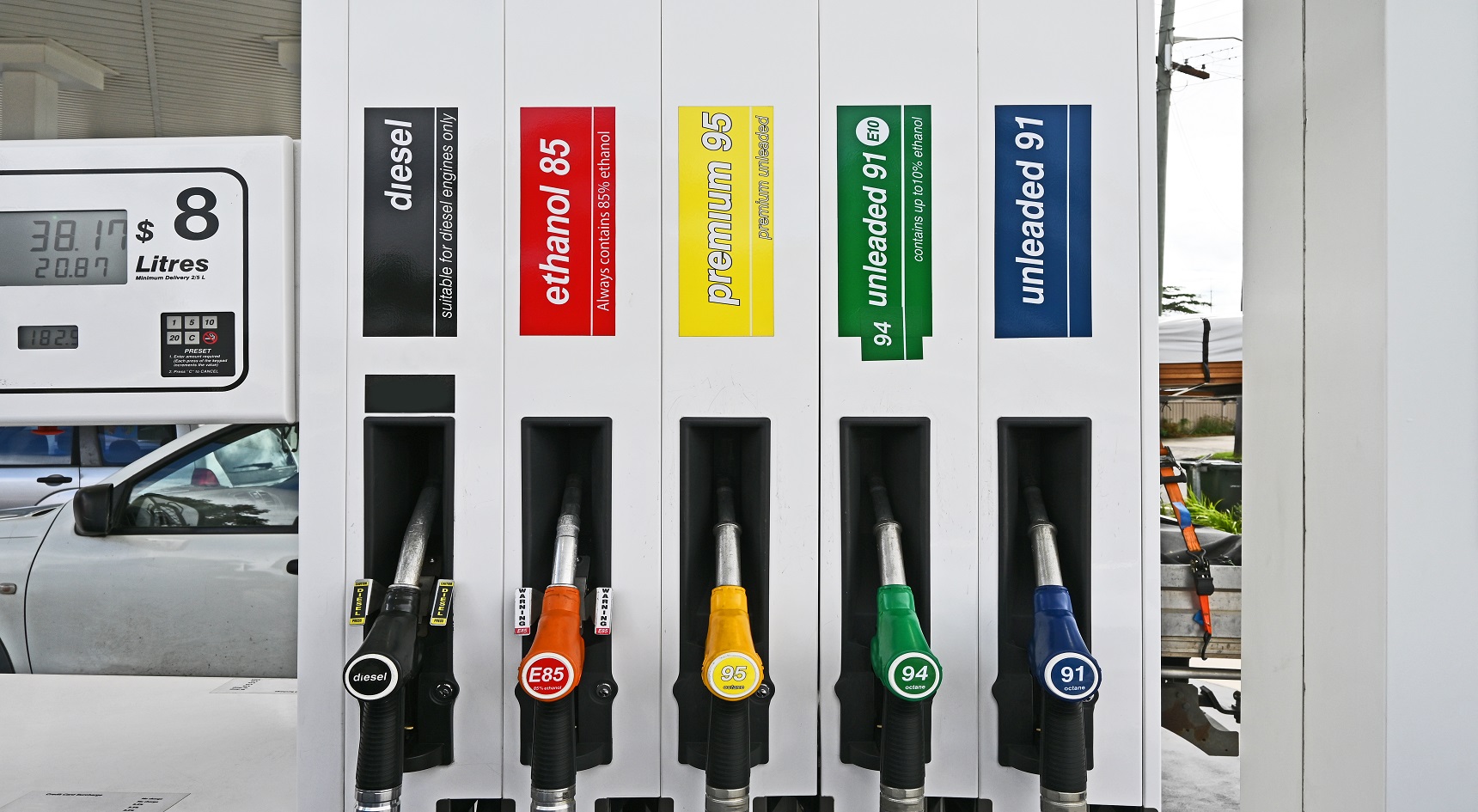Petrol station politeness 101

When it comes to driving, most of us know the unwritten rules on showing courtesy. But do you know the etiquette when it comes to refuelling your car? Here are seven reminders of petrol station politeness.
1. Slow down
Something tells us you’re not exactly rushing to shove dollars into the tank, but that doesn’t stop some motorists from pushing a little harder on the accelerator to secure their spot at a bowser.
It’s important to remember that many of the rules you follow on the road also apply at petrol stations, including giving way to pedestrians and following a speed limit.
According to RAA Senior Manager for Safety and Infrastructure Charles Mountain, if there is no signposted speed limit, stick to under 10km/h.
“Petrol stations can be risky for road users because they’re pedestrian hot spots and store large amounts of hazardous and flammable substances,” Mr Mountain says.
2. Get in and out
Speeding behind the wheel is off-limits but picking up the pace after you’ve filled the tank is courteous to fellow petrol patrons, particularly if there is a queue behind you.
While we don’t recommend you use this as practice for the City-Bay Fun Run by sprinting to pay for your fuel, prolonged browsing once inside the servo can cause delay for the people behind you at the bowser. Try to get in and out with minimal fuss.
Tip: If there is a long line of cars behind you, move your vehicle after you’re done at the bowser to allow other motorists to fill up. Depending on how busy the petrol station is, some allow people to move their vehicles from the pump to the parking bay before paying.
3. What’s your number?
“I’m at pump number… um, the one with the white car.” The attendant looks in the direction you’re pointing, only to see three white cars lined in a row.
We’re all guilty of forgetting to take a mental note of the pump number; however, avoid holding up the queue by paying attention to the digits printed on the bowser before heading inside. It’s also a good idea to know what you’ll be charged.

4. Clean up spills
We’re told not to cry over spilt milk, but there’s no shame in shedding a few tears over spilt petrol, especially as the cost of fuel rises. Nevertheless, if you’ve made a mess, clean it up. Petrol that hasn’t made it inside your tank can pose a fire risk and cause slips and falls.
“To decrease the number of spillages at a petrol station, make sure you don’t overfill your tank and leave the nozzle in place for a few seconds once finished refuelling to allow for any residue petrol to leave the line,” Mr Mountain says.
You may not know that cleaning a fuel spill with water will thin the mixture, spread it further, and leave a lingering residue that increases the risk of fire.
Tip: Look for a plastic jug, usually found at each bowser, which is filled with a special absorbent solution to pour over the spill. If it’s a larger spill, inform the attendant.
5. Know left from right
Pulling up to the wrong bowser is an honest mistake but knowing the exact location of your fuel tank beforehand will save you trouble – and embarrassment.
The chance of colliding with another vehicle is higher if you’re having to reverse to manoeuvre your way around bowsers.
Another situation to avoid is stretching the fuel hose across your vehicle to reach the fuel tank. This position isn’t only awkward, but it can increase the chance of you spilling (and wasting) fuel, which can be dangerous and – you guessed it – costly.
Tip: look down at the petrol symbol on your dashboard and you may see an arrow pointing to either the left or right. This indicates which side your petrol tank is on.

